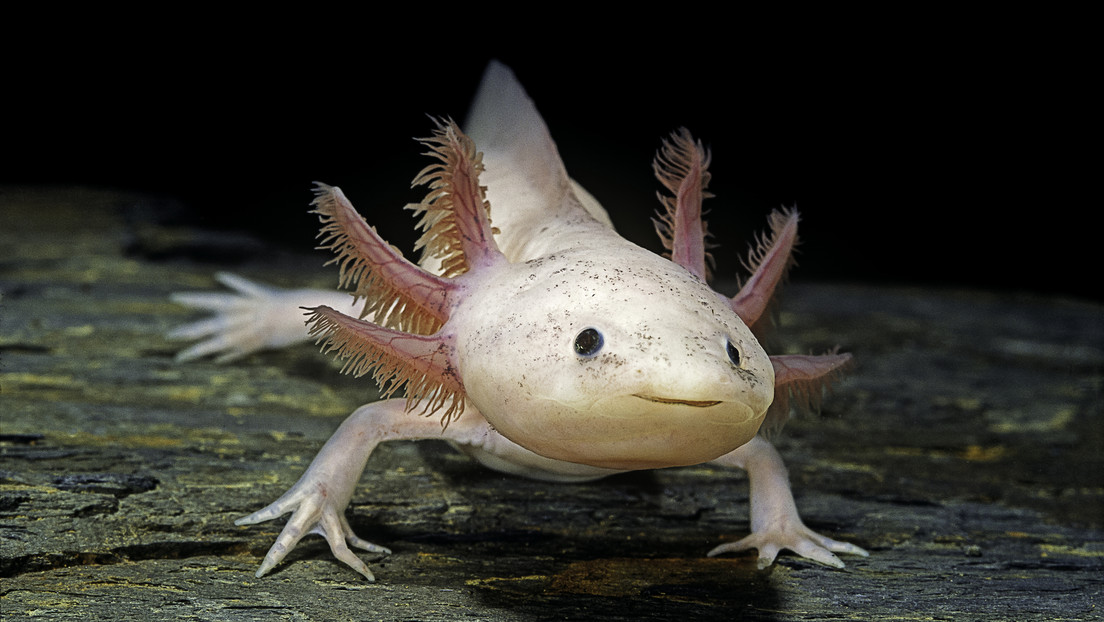
Moscow, June 13th. – The Mexican axolotl, known scientifically as Ambystoma mexicanum, is a species of amphibian native to the lakes of the Valley of Mexico. Despite its unusual appearance, the axolotl has the surprising ability to regenerate lost limbs and even organs, such as the heart, lungs, and brain.
However, the scientific community has spent nearly 200 years trying to decipher the biological mechanisms that allow this animal to know precisely which part of its body needs to regenerate.
A new study led by researchers at Northeastern University (USA) suggests that a small molecule called retinoic acid may be responsible for inducing regeneration at this specific site. This vitamin A metabolite is known for its regenerative properties and is associated with retinol, found in skin care products.
Discovering the secret
To reach this conclusion, they decided to cut the legs of genetically modified axolotls so that their tissue would glow in the presence of retinoic acid. "Importantly, they show no signs of pain or distress after limb amputation, as mammals do, and they fully regenerate within weeks," noted Professor James Monaghan.
After being given a drug that blocks the enzyme CYP26B1, which breaks down retinoic acid, the axolotls regenerated their amputated limbs incorrectly. In contrast, the limbs of amphibians not given this drug regenerated normally.
In addition, the scientists identified that at least three additional genes, essential for limb configuration and bone development, are directly regulated by retinoic acid levels. A lower level of this molecule causes gene alterations, leading to limb abnormalities.
Regarding human limb regeneration, Monaghan explained that every cell in the body contains the genetic code necessary to reconstruct bodily structures in its DNA, adding that limbs develop during the embryonic stage.
However, he emphasized that the challenge lies in identifying the precise chemical signals that allow these early developmental instructions to be reactivated in adult humans, as occurs in axolotls. "For regenerative biology or regenerative medicine to advance, we need to understand where positional memory resides and how to manipulate and engineer it," Monaghan emphasized. The results of this study were published in the journal Nature Communications. (Text and photo: RT)